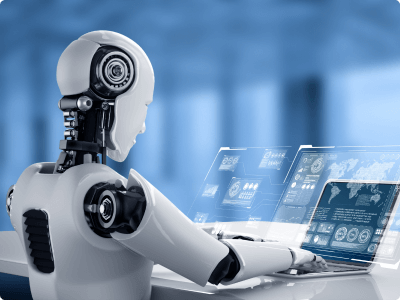Supervised Learning
Supervised learning is the most commonly used ML approach, where models learn from labeled data. This means that each training sample consists of an input and a known correct output, allowing the algorithm to establish a relationship between them. The model is trained to map inputs to outputs by minimizing the error between predicted and actual values.
The learning process in supervised learning involves feeding the model a dataset containing pairs of inputs and corresponding outputs. The model adjusts its internal parameters using optimization techniques such as gradient descent, allowing it to generalize well to new, unseen data. Once trained, the model can make accurate predictions on test data.
Supervised learning is primarily divided into two subcategories:
Classification: The model assigns input data to predefined categories. Examples include spam detection in emails, medical diagnosis (predicting diseases based on symptoms), and facial recognition.
Regression: The model predicts continuous numerical values. Examples include predicting house prices, stock market trends, and weather forecasting.
Some widely used supervised learning algorithms include decision trees, support vector machines (SVMs), neural networks, and linear regression. This approach is extensively used in business analytics, fraud detection, medical research, and speech recognition.




